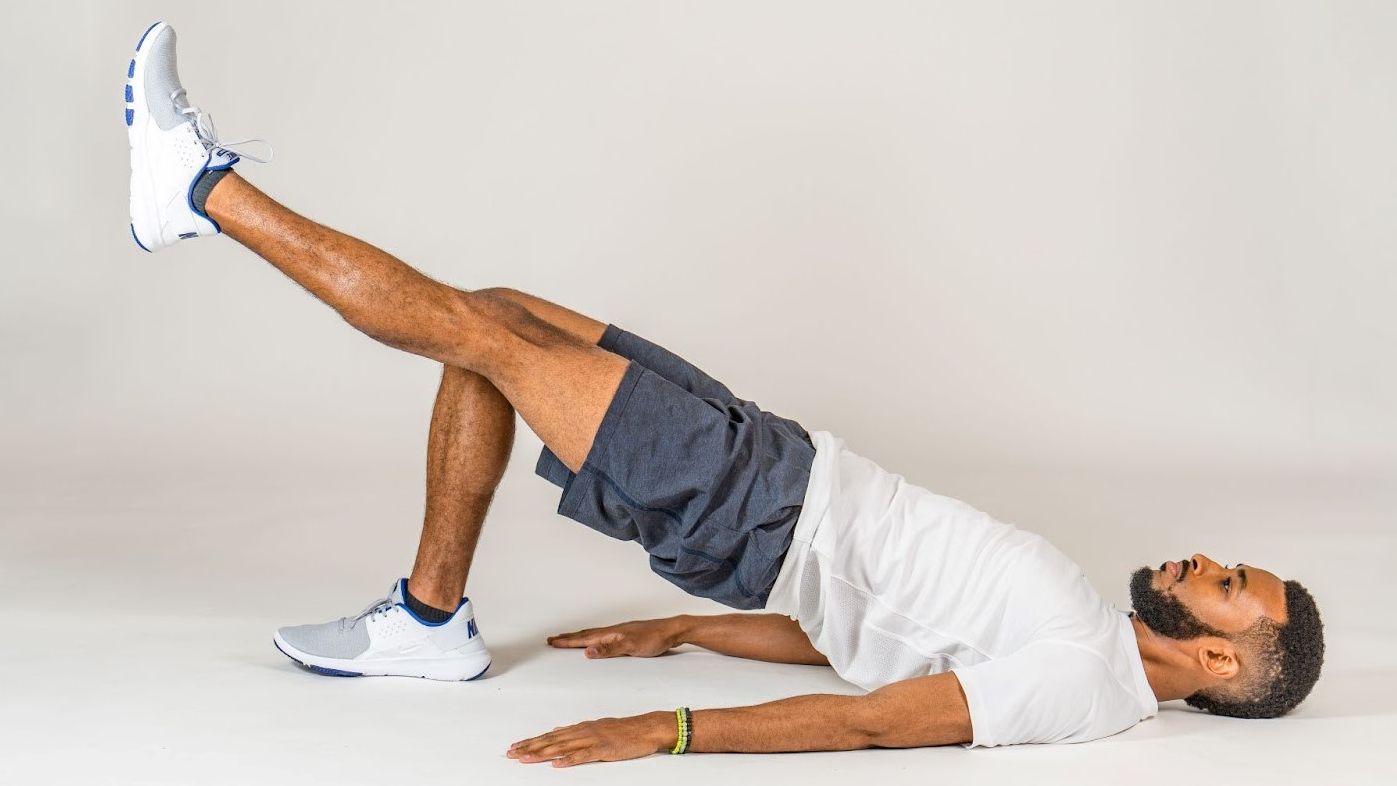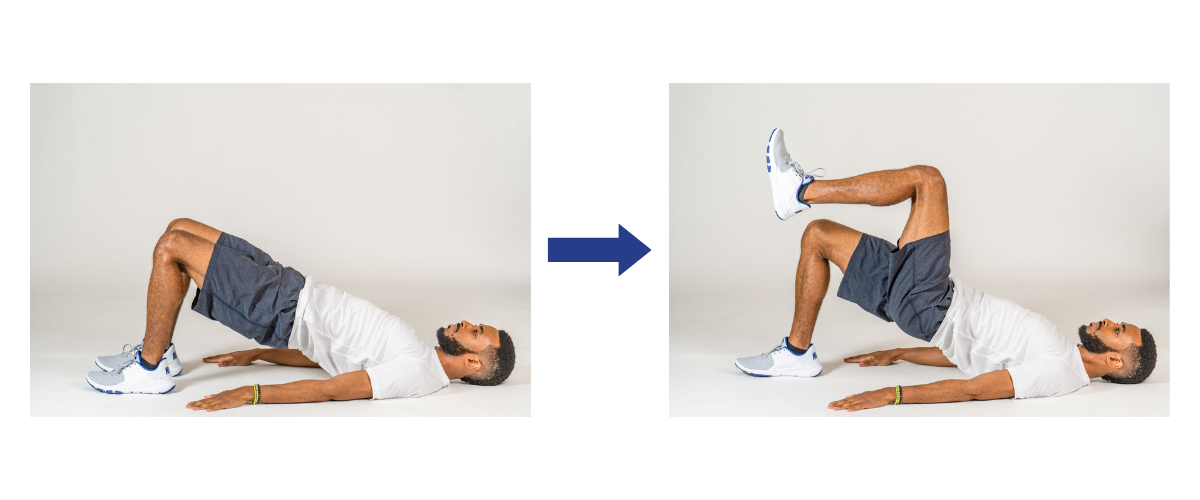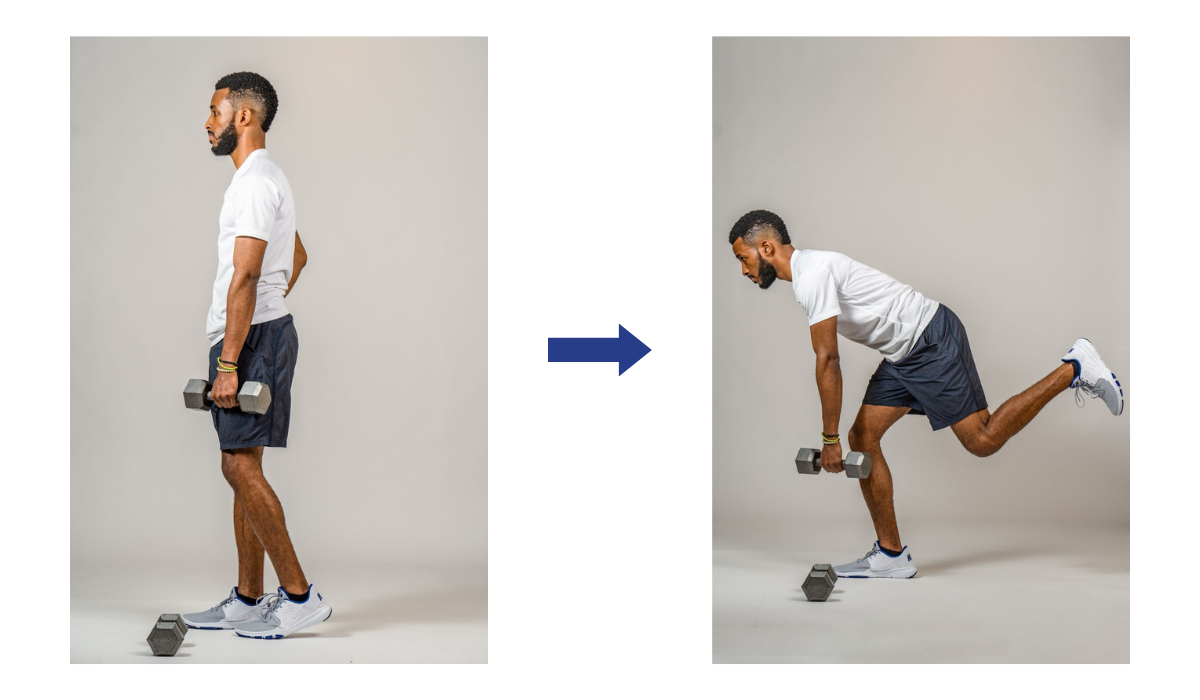Unlock Your Power Leg: Do these four hamstring moves guaranteed to deliver results in less than 20 minutes!

Do these four moves that help to build a stable leg position.
If you're short on time but still want to target your hamstrings, try these five exercises. All you need is a pair of dumbbells or kettlebells and 20 spare minutes to complete this effective workout. Targeting your hamstrings as part of a regular leg day program is important for building strong, well-balanced legs. The hamstrings are composed of three muscles that support knee flexion, hip extension, and rotation. While exercises like squats and lunges do work the hamstrings, it's important to give them the attention they need. This quick workout can be done at home, the barn or in the gym and only takes less than 20 minutes.

The biceps femoris, semimembranosus, and semitendinosus are three important hamstring muscles that connect to the hips and insert into the knee joints. These muscles play a crucial role in supporting hip and knee movements in the saddle.
We often use fast-twitch muscle fibers in a variety of movements on horse like switching gaits, jumping, and so much more. Muscular endurance and strength in the glutes, calves, and hamstrings can be developed simply by doing the right exercises and movements.
For riders, I recommended regularly training and incorporating hamstring activation exercises into their lower exercise routines.
Hamstring workout — here's how
These four exercises are a great introduction to your hamstrings, emphasizing activation in the area without hamstring curls, which can cause knee pain in some people.
Perform this workout in a circuit, completing each exercise back-to-back for 40 seconds of work and 20 seconds of rest. For example do exercise 1, rest, then exercise 2, rest, and so on before repeating for four rounds of these exercises.
Choose a challenging weight, to make sure you get the most of this workout. Build a stronger, more powerful leg by adding this program into your leg day programs. These are some of my favorite moves.
When training, it's important to have a solid pair of gym shoes that help to support your body — here are some of the top cross-training shoes that provide the most support for your workouts.
1. ROMANIAN DEADLIFT: 8-12 REPS
Deadlifts target multiple muscle groups and focus on the posterior chain (muscles located on the backside of your body), they include your glutes, upper-middle-low back, core, and hamstrings.

EQ Benefits:
This exercise creates hip extensor strength, mainly focusing on our hamstrings helping with stability and control, especially in half-seat, 2-point and galloping positions.
PERFORM:
Hold a dumbbell in each hand in front of your thighs. Feet roughly shoulder width apart. Squeeze your shoulder blades back, then shift hips back while hinging forward at the waist. Push into the ground with your feet when you stand up to lift the dumbbells up to starting position, always keeping a small bend in your knees.
ENGAGE:
You should feel your lower body muscles like your hamstrings, glutes and back working.
NOTES:
- Keep your back flat
- Avoid rounding your back
- Control the weight and tempo going up and down
2. MARCHING BRIDGE (HIGH)
This exercise improves hip stability of the core, hip flexors, glutes and hamstrings in unison. It also does a great job working on core engagement helping with cross body aids

EQ Benefits:
The marching bridge exercise is highly beneficial, as it helps improve stability by focusing on maintaining hip position. With alternating leg movements, this exercise challenges the hips to stay stable and achieve a neutral tilt of the pelvis. By practicing the marching bridge, riders can enhance their position and balance while posting. This exercise aids in absorbing forces during jumps and landing in the correct position.
PERFORM:
Start by lying on your back with your knees bent and feet flat on the ground. Push into the ground and lift your hips up as high as you can. From here, keep your hips up as you lift one knee up towards your chest and hold it for a couple of seconds. Alternate marching one knee at a time for the prescribed amount of reps.
ENGAGE:
You should feel your core, hip and hamstring muscles working.
NOTES:
- Keep your hips parallel and level with the ground while in the bridge position
- Keep your hips as high as you can during the march
3. SINGLE-LEG ROMANIAN DEADLIFT
The single-leg romanian deadlift (RDL) is a variation of the traditional RDL in the first exercise. This variation of the exercise involves standing on one leg and extending the other leg behind you while lowering the weight in front of your stationary foot. It intensifies the workout by targeting the hamstrings and also requires balance, core stability, and coordination.

EQ Benefits:
This exercise strengthens your hip extensor muscles, focusing on the stability, balance and strength of the hips. Strong glutes provide the control and power needed while posting and jumping.
PERFORM:
In a standing position, shift your weight to one leg and a dumbbell in the opposite hand. Apply pressure through your foot with slightly bent knees. Hinge forward at the waist while keeping your back flat and lift the opposite leg back. Lift yourself to the starting position by pushing into the ground and using your hip and glute muscles to bring you back upright.
ENGAGE:
You should feel your glute, hamstring, lower back and core muscles working during this exercise. You should also feel your foot/ankle muscles working to balance and stabilize your leg while hinging and lifting.
NOTES:
- Keep your back flat while hinging forward at the waist
- Maintain a level hip position, try not to elevate your hips while kicking your leg back
4. FORWARD REACHING LUNGE
This exercise effectively focuses on the glutes, core, and hamstring muscles by incorporating the hip hinge movement and extending the hips at the top of the motion.

Tip: Keep both feet flat on the floor, and squeeze your glutes to return to starting position.
How:
- Stand with feet shoulder-width apart (or slightly wider), toes pointed slightly outwards, and grip your weight or weights with both hands
- Maintain a soft knee bend and set your shoulders back and down
- Brace your core
- Hinge at your hips and send your bum back with a flat back
- Swing the weight back between your legs, then explosively drive it forward and up to shoulder height with a powerful extension at the hip
- Control the descent back down

